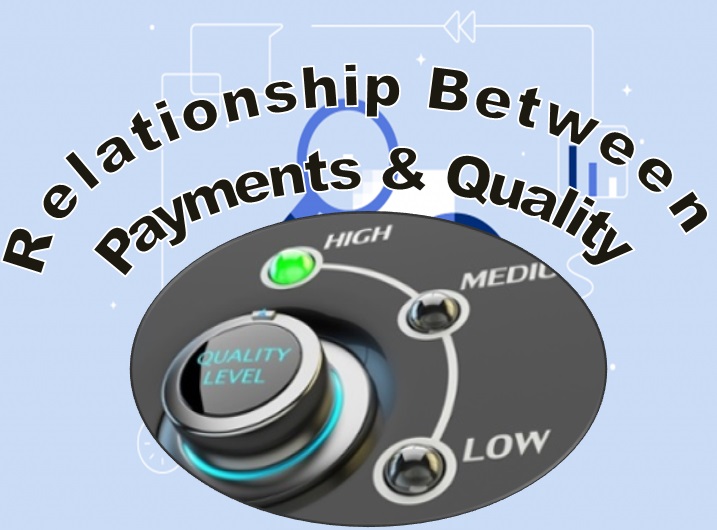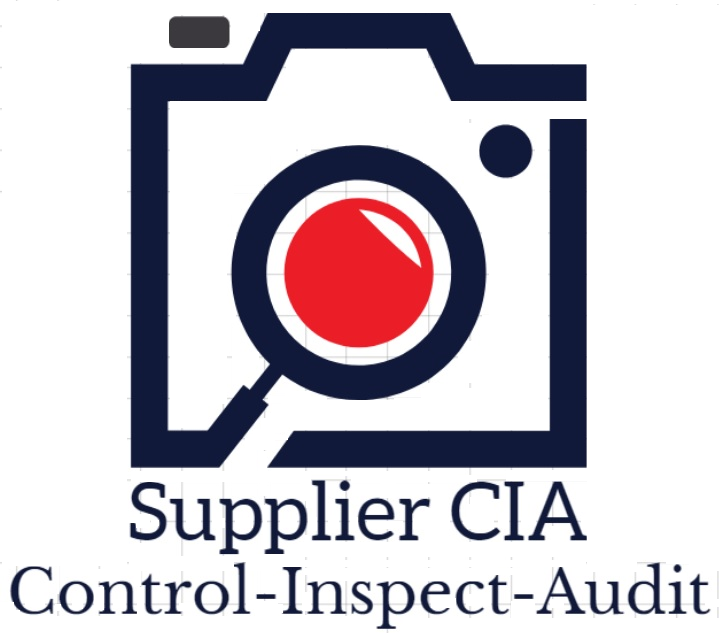Supply Chain Management, Procurement, Satisfied customers all depends on Quality Control. If you do not use the right methodology and tools, you can find yourself with a container full of junk that is nonreturnable.
The buyers’ power comes from payments and definitely must be tied to quality control “from the beginning”.
For those who are importing, it really is important to understand that as long as you “owe” your supplier money, you are still in a position of power. You can change an order size more easily, you can demand a 3rd party audit, and if the QC process shows a red flag you can return the product much more easily.
Because until you are 100% paid up, the supplier at some level will be at a loss, and that is power.
Rather than quality control in importing country, and then have the ability to fix it on-site, many will find themselves with a container full of junk that is unreturnable.

Generally, some amount down payment is wired before components are purchased and production is launched. The remaining is wired after shipment. Technically, the supplier faxes the bill of lading to the buyer to prove the shipment. So from the beginning take some precautions:
– Background check from the beginning. Do it both, yourself and hire a local inspector.
– You should have samples on hand and suppliers should be able to send something to you within 10 days after the contract.
– Approved samples during development are generally not made in the workshop under bulk production constraints! If you have serious doubts, you might want to ask for a pilot run (i.e. producing a short series first) and send an inspector to check these products.
– You should be well aware of contracting, never forget “Signed a contract paper at the bottom much more reliable than the words.”
– Don’t wire the money on a personal account, or to another company, except if you get a stamped certificate.
After contracting and initial payment:
– Spot Quality Defects as soon as possible. You need to send QC inspector(s) to the factory. If the first finished goods appear towards the end of production, and in-process inspection (at the beginning of production) can be the right solution.
If you think that the factory doesn’t pay enough attention to quality; a pre-shipment inspection, which can be combined with loading supervision can be very useful.
Detected defects before shipment there are generally solutions:
– If there is time for the shipment: the factory should sort out the bad products, repair them, and present 100% of the shipment quantity for a 2nd inspection by a quality control firm. The re-inspection fees are re-invoiced to the supplier (it is quite common).
– If you just have to ship now, you can negotiate a discount. This discount can be equal to the proportion of major defects.
So, a couple of quick lessons in global sourcing. Make sure your goods are up to spec before they leave the country (because there is little you can do once they hit your dock), and never cash your supplier out until your final audit has been performed….

